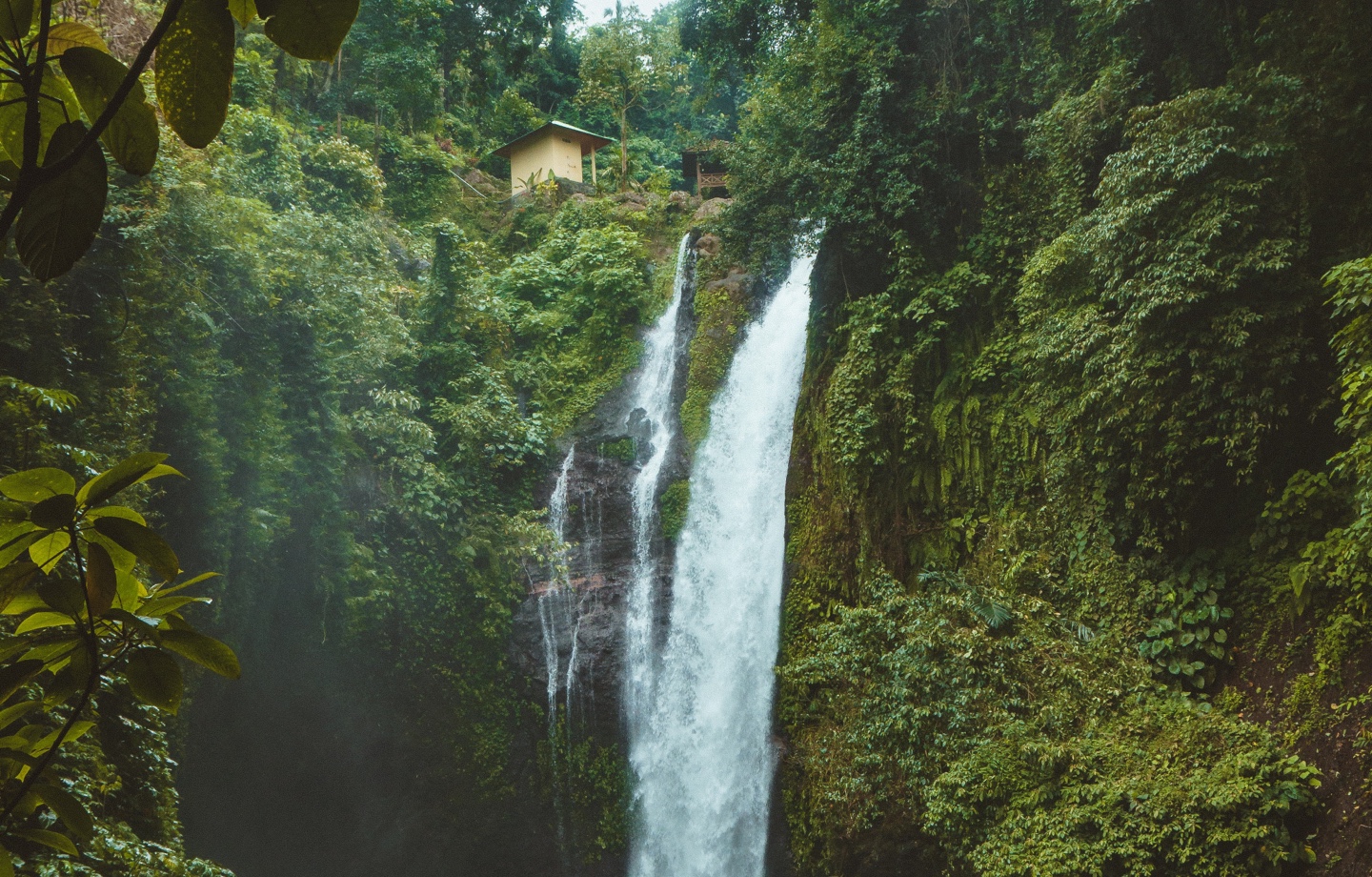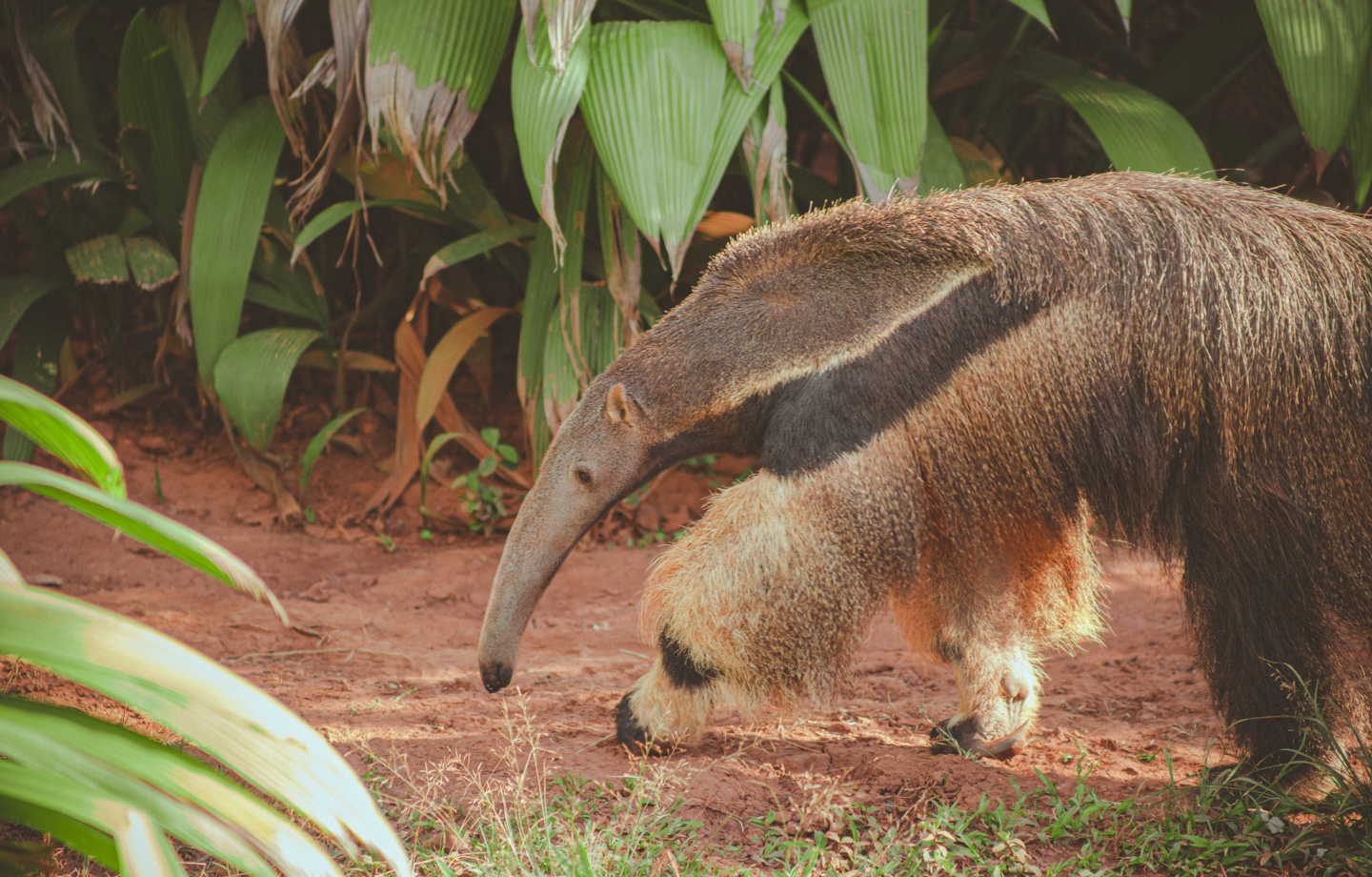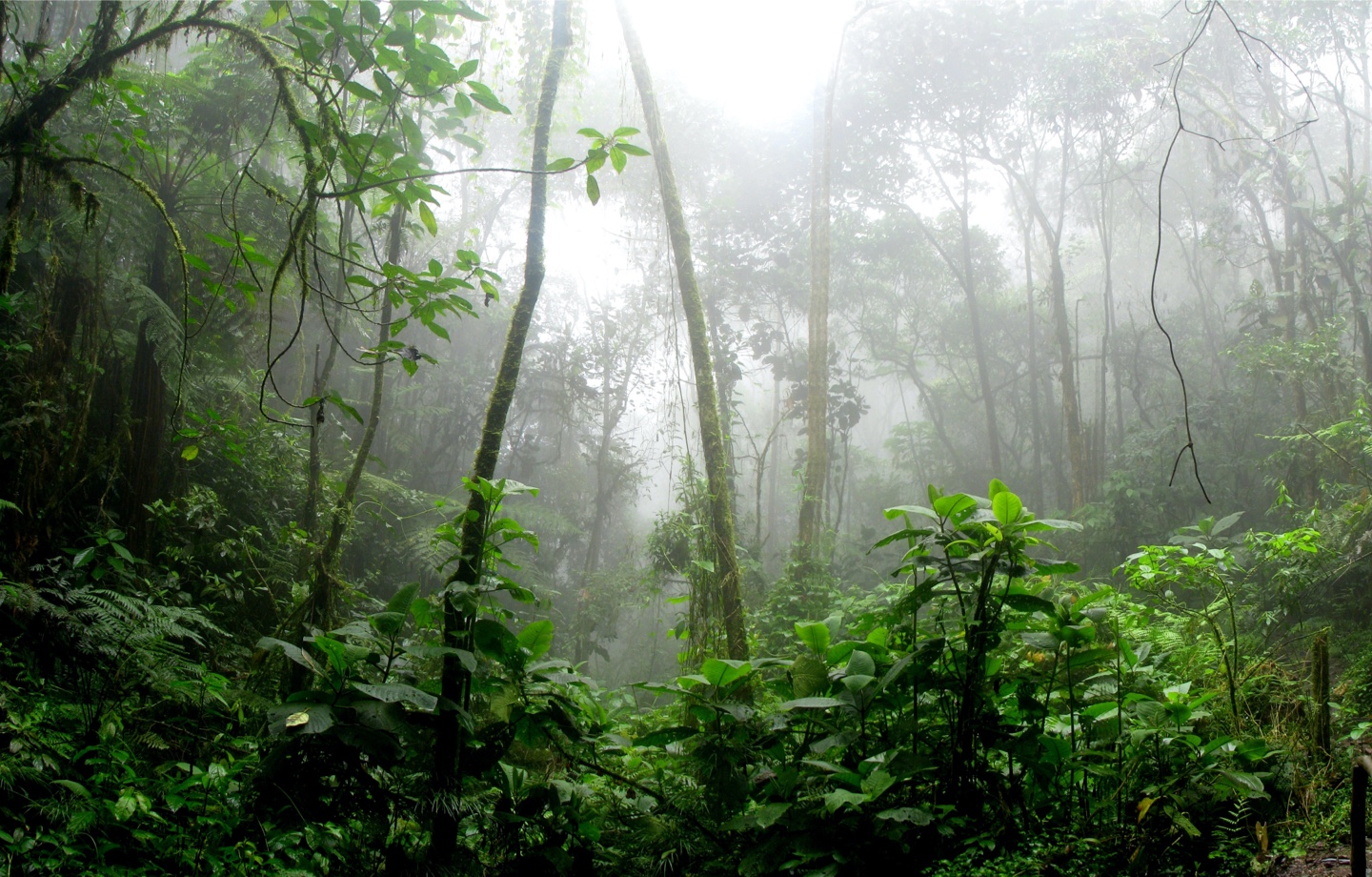The Amazon Rainforest is inseparable from the state of humanity and critical to fighting climate change. Human action has put us at risk of losing it.
Imagine a lush, jungle-like environment teeming with vibrant plants, diverse animal species, and roaring rivers. You wander through this land, ducking under vines and wading through clear, rushing waters. Along the way, you spot a six-foot-long, cat-like animal covered in dark spots, hunting for its dinner — it walks so lightly, you can barely track its progress. As you look up, you realize you’re surrounded by the songs of bright-colored birds flying overhead. Your skin is covered in dewey moisture.
It’s a veritable paradise that holds the possibility of saving the planet. Welcome to the Amazon Rainforest.
The Amazon spans eight countries, one territory, and covers 16.5 million acres of land. It contains the world’s largest river basin and the most continuous forest in the world. It’s home to 10 percent of the Earth’s biodiversity and more than 47 million people who speak over 300 languages. This expansive environment also carries within it vital solutions to rising temperatures and changing climates. But we’re in a battle for the Amazon’s life.
“A common belief from the past was that the Amazon was too vast and too wild to be affected by modern economic development,” says Analiz Vergara Herdoiza, a Senior Program Officer for the Amazon Coordination Unit at the World Wildlife Fund (WWF). This is no longer the case. “The truth is that the impact we are having on the Amazon is greater than we ever thought possible, with around 17 percent of the original forests already being lost and another 17 percent currently degraded.”
According to a recent report from the WWF, the Amazon is nearing a tipping point that, if reached, will keep it from continuing to act as the great climate regulator of the Americas. Because of its location in the equatorial zone South America, the jungle acts as an “engine” of favorable climate conditions across the continent and globally. The Amazon’s primary job is to sequester CO2 from the atmosphere, which keeps temperatures down. In fact, the tropic enviornment absorbs about one-fourth of the total CO2 absorbed on Earth. It also acts as a hydrological regulator. The Amazon’s forests function as a biological pump, capturing water from the soil and raising it up through evapotranspiration, where it condenses and turns into rain. This process enables the biome to recycle 50 to 70 percent of annual rainfall. The ecosystem also affects our oceans. It’s estimated that the Amazon accounts for 15 to 20 percent of total freshwater discharge into the Atlantic.
In short, the state of the Amazon is inseparable from the state of humanity.
But, the report warns, “the Amazon faces destruction, disconnection, and degradation” due to deforestation, mining, oil extraction, economic expansion, the infringement of Indigenous rights, and so much more.

Read more: Old-Growth Forests Are Declining — Here’s Why That’s So Devastating
If an additional five percent of the Amazon rainforest is lost, the ecosystem as a whole could lose its ability to recover — it will no longer serve as an essential carbon sink and rainfall production would decline across Central and North America as well as parts of Asia. This is what is known as an ecological tipping point. How soon might that happen? Herdoiza says it’s difficult to predict given the complexity of the Amazon.
However, she notes that scientists have identified five thresholds that would lead us to cross a tipping point. “These have to do with decreased annual rainfall, longer dry seasons, large water deficit values, an increase of 2 degrees C in the mean temperature of the Earth, and surpassing 20-25 percent of cumulative deforestation in the basin.”
Given that the Amazon is already 17 percent deforested, the issue is urgent, she says. In fact, she calls it “dire.”
While deforestation can be linked to a few key causes — namely, illegal logging and economic expansion — the reality is that the challenges facing the Amazon are due to many forces: political, economic, societal, and environmental. This makes solutions a challenging prospect. Still, there are a waterfall of interventions that, implemented in totality, could give the Amazon a fighting chance at survival.
The big-picture solution starts with forests. “We should aim for zero deforestation by 2030 to stand a good chance for recovery in the region,” says Herdoiza. This includes protecting the forests, promoting conservation and sustainable development, and making space for Indigenous leaders to lead the way as the “guardians of the Amazon.”

Read more: How Indigenous Groups Are Leading the Way On Conservation
According to the WWF, designating Indigenous territories is one of the most effective conservation measures to date. “These territories have been very effective at stopping deforestation,” says Herdoiza, “even in areas with high deforestation risk, which is why ensuring titling of Indigenous lands is a priority for conservation in the Amazon.”
Next, governments and conservationists should focus on managing healthy rivers. This includes promoting mercury-free gold mining, prioritizing conservation of key species like river dolphins, and protecting critical aquatic corridors from new dams. The ideal result? Free flowing Amazon rivers and healthy freshwater ecosystems.
Finally, the report suggests policy-based systemic changes that better integrate Amazonian societies into conservation efforts and establish livelihoods in harmony with nature.
Of course, making a change on this level will take tremendous work. But as Herdoiza notes, we don’t have much of a choice: “A living Amazon is necessary for a living planet.”
Read more: How Rewilding Promotes Ethical Ecotourism
Have feedback on our story? Email [email protected] to let us know what you think!

Shop Pillows
The Essential Organic Pillow Collection
Gentle, breathable, non-toxic support.





